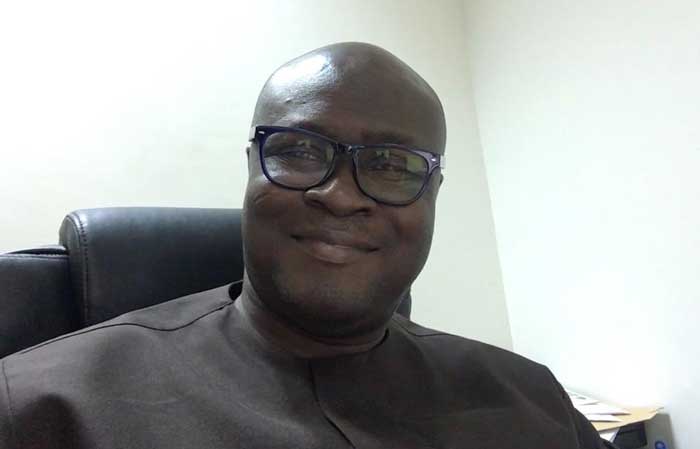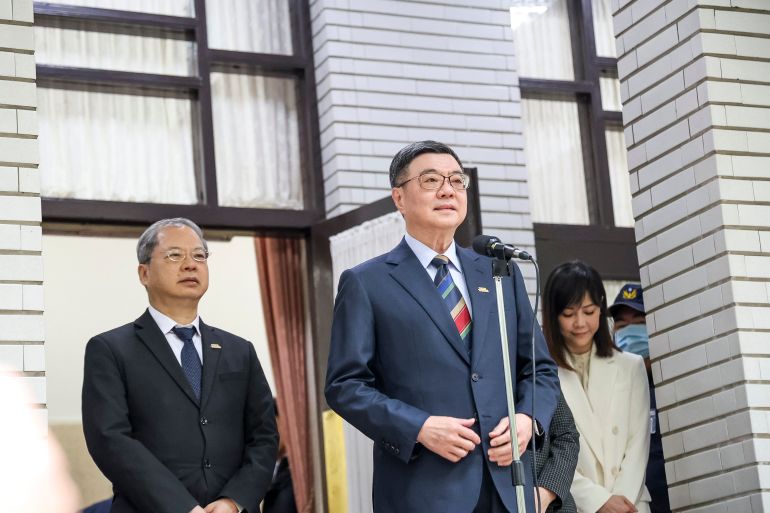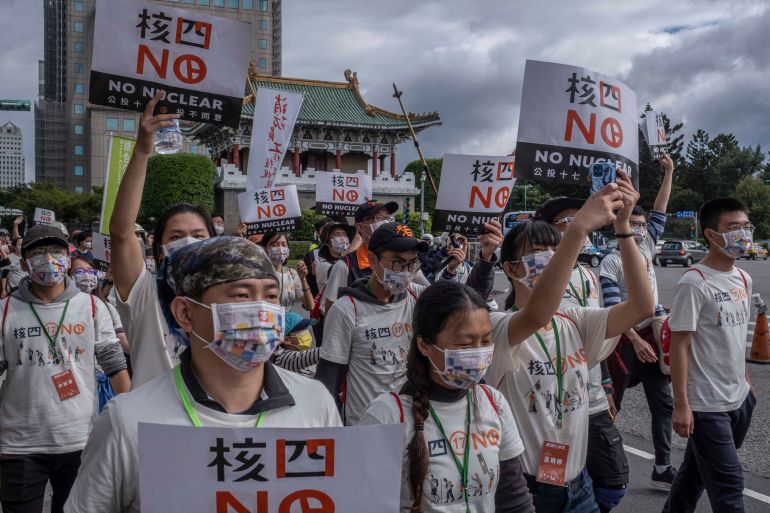The Changing Face of Global Power: Who Wins, Who Loses?
In the context of emerging new world, key global powers are thumbing up their strategic agendas, seriously evaluating their approaches in taking positions on diverse issues including security, trade and economics with implications for and impact on developing countries. Notwithstanding, Africa has seemingly become the center of the geopolitics, and the United States tariffs China’s trade while Russia attempts to assert its control over Ukraine’s ambitions to join North Atlantic Treaty Organization [NATO].
In early May 2025, MD Africa editor Kester Kenn Klomegah had the chance to talk with Professor Arnold Boateng over a number questions connecting evolutionary geopolitical process and its implications and likely impact on shaping world’s landscape. Professor Arnold Boateng is an Entrepreneur, Consultant, Speaker and Author. [Books: Dreams of Our Youth: The African Youth Question: Ananse Verses: Foundations for Life…Available from Amazon & Kindle Store]. Here are the interview excerpts:


Which global power is emerging and could, in the near future, be recognized as the super power?
Professor Arnold Boateng: In terms of Security Russia is already a superpower. It has a much [official records] ICBMs and nuclear weapons as the United States. On the economic front, China is more likely to take over. It has the ambition and intent. By purchasing power parity, it surpassed the United States a year ago or two ago.
Russia on the other seems to be more interested in dethroning the United States to put an end to America’s unilateralism, exceptionalism and the chaos in Eastern Europe, the Pacific and Latin America. Recently, Robert Gates was quoted as saying; “The United States is the most destabilizing force on earth.”
China has a long way though. The final chip for a really superpower is to have your currency as “reserve currency.” China is a long way from that but within reach in a couple of years.
Would China want to be a superpower having seen what unchecked power has altered American foreign policy and excesses?
AB: Global majority is seriously betting on China. And my bet is on China too. But this does not rule out Russia if it could have the ambition. China should learn from the errors of the United States. It should acknowledge that one leader may sit on the throne but he does not rule alone. If Beijing is willing to have a multipolar world, then as they say;” China would have the Mandate of Heaven to lead and NOT rule.
Does it mean power is steadily moving from the northern hemisphere to South-South coalition?
AB: Power has already shifted. It did when Russia and China won Eurasia. We are merely waiting to see the reality play out in the open. Europe is deindustrialising. Their manufacturing sector has slowed due to high energy cost among other factors.
On security front, its benefactor has been the United States through NATO. With Trump’s policy of America first Europe has seen the writing on the wall. Resources for Europe’s industrial drive have largely come from the south. Nigerien uranium power 70% of France’s energy needs. Cobalt, gold, and other minerals driving their tech and general industrial push have come from the south.
The South-South coalition is on the rose. First, they have the raw materials and energy resources. They have a Highly educated and skill workforce in STEM. They have a youthful population and fast moving economies.
Apparently is it rather West vs. East?
AB: It should be the East. The world, especially Africa, has seen the enough to choose the East over the West. The West’s colonial project set Africa back for more than a century. We have endured their economic hitmen, wars and falsification of African history. Everywhere they have been, had been destabilized. In India, during the colonial project, opium wars in China; Libya, Iraq and regime change in Latin America and all over the world.
In a context of this inevitable evolutionary process, how can describe Africa’s position in the shifting power dynamics?
AB: For now Africa is divided. Africa looks either confuse or has failed to read the shifting power centres.
Africa is central to China’s rise and maintaining their position. Without DRC cobalt, the electronic industry and new tech economies could not be sustained.
Africa is the King who does not know who he is.
Can we conclude that China is the leading economic power? What makes Africa’s economic position uncertain in sharing global power?
AB: China controls more 85% of global supply chain. It is in the lead but it cannot get to the top alone. It lacked historical prestige. Much of its 5,000 year history it has been a closed system especially after the Ming took over from the Yuan Dynasty. It opened up under British Imperial project and closed again until President Nixon opened it up. Then Tiananmen happened.
The world is not seeking for another Superpower again considering the excesses of the United States around the globe when the Soviet Union declined in the 1990s. We are looking for a round table leadership. Africa is divided. We lack a coherent continent wide vision. Clearly, without sounding disrespectful, it looks like Africa does not know what is going on. We are oblivious to the shifting centres of power. African must stand together. We must have a common BRICS policy. A common China policy and assert good governance; regional industrial policy; common resource extraction and contracts policy. Common intelligence and security infrastructure among other critical systems necessary for being part of the shapers of the emerging global order.







